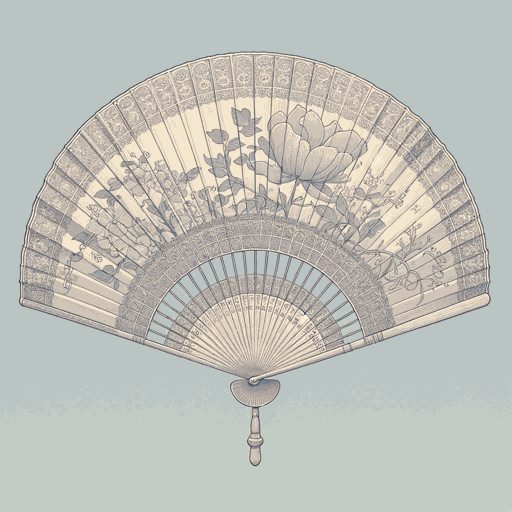72 pages • 2 hours read
Lisa SeeThe Tea Girl of Hummingbird Lane
Fiction | Novel | Adult | Published in 2017A modern alternative to SparkNotes and CliffsNotes, SuperSummary offers high-quality Study Guides with detailed chapter summaries and analysis of major themes, characters, and more.
Symbols & Motifs
The Spirit Gate
The Spirit Gate represents a border that the Akha draw between them and the rest of the world. Even though the Spirit Gate is not used to physically protect the village from intruders, it is used to mark a line that separates, and therefore shields, the Akha culture. It is also symbolic that towards the end of the novel, Jin with other men from the village put up a new Spirit Gate. This act signifies that with Li-yan’s help, the villagers have renewed pride in their tea and culture.
The Tea Grove
When A-ma first introduces Li-yan to the ancestral tea grove, Li-yan is unimpressed and disappointed: She sees no value in old trees that are so hard to reach. She even feels embarrassed that this tea grove will be her only dowry when she gets married. However, as Li-yan grows older, she begins to see her tea grove as a safe haven where she can reconnect with her ancestors and replenish her physical and emotional resources. With time, where Li-yan once saw uselessness and humiliation, she starts to see strength and dignity. Moreover, the tea grove acquires special significance for her when she gives birth to her daughter under the mother tree.
Related Titles
By Lisa See







